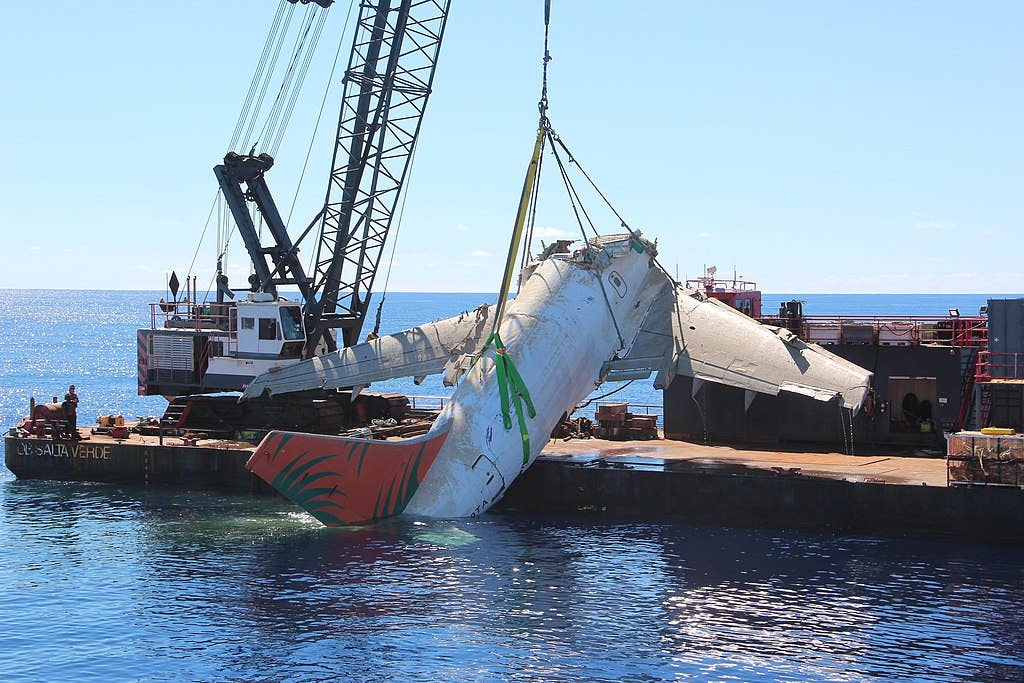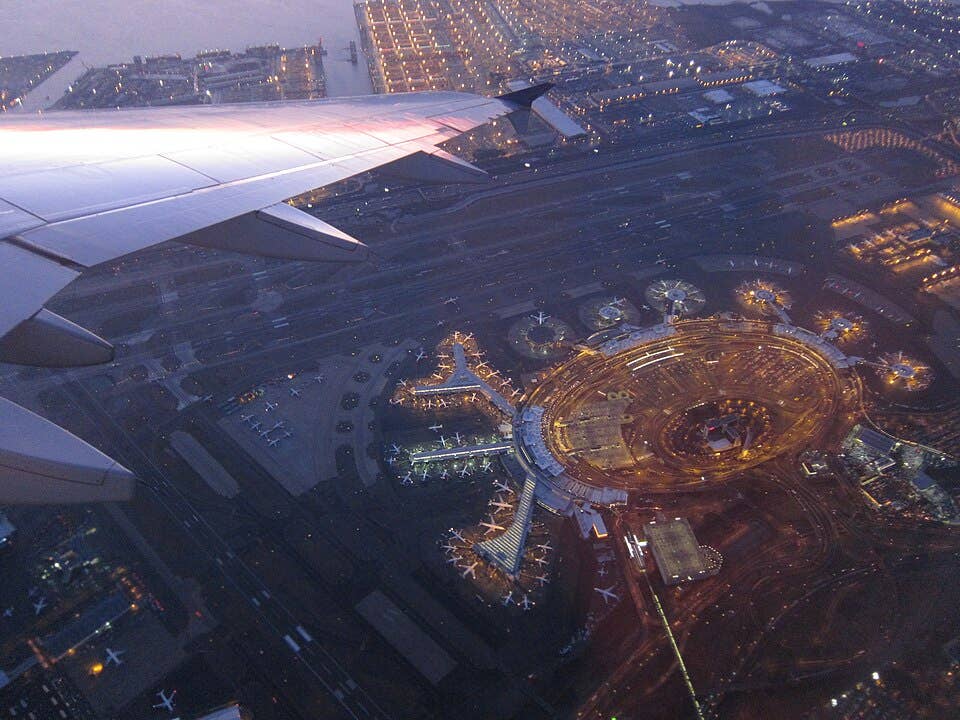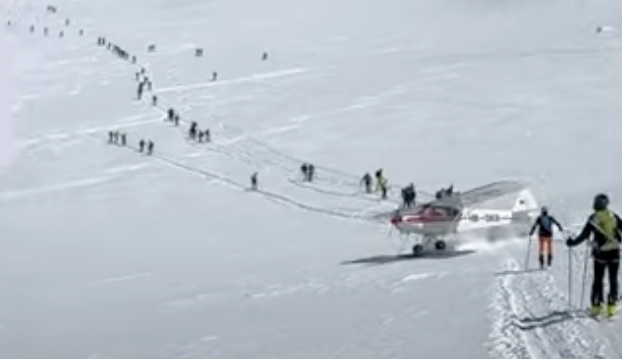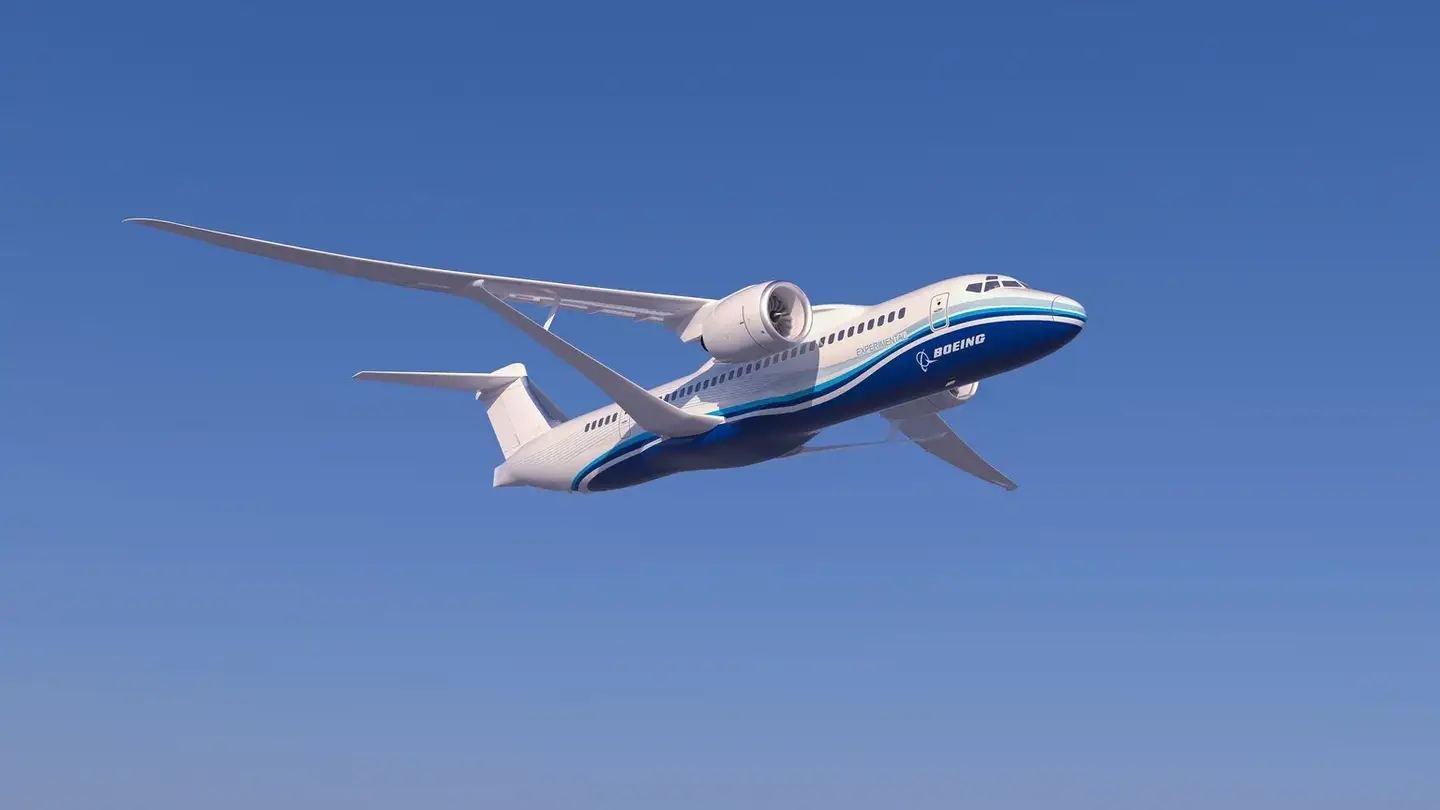Recovery Operation Of TransAir Flight 810 Raises Wreckage And Cargo
The National Transportation Board (NTSB) announced on Tuesday (Nov. 2) that an insurance-funded recovery operation has successfully retrieved both flight recorders, all major components of the first-generation Boeing 737-200 freighter…

Photo: NTSB
The National Transportation Board (NTSB) announced on Tuesday (Nov. 2) that an insurance-funded recovery operation has successfully retrieved both flight recorders, all major components of the first-generation Boeing 737-200 freighter operated as TransAir Flight 810 and its cargo. The NTSB has shared in the recovery effort, with a team of investigators on board the salvage vessels.
The crew of the aircraft ditched after reporting “anomalies” in both engines on climbout from Daniel K. Inouye International Airport and an unsuccessful attempt to return to the runway. Both pilots, the only occupants, were rescued. The wreckage came to rest on an ocean shelf at depths ranging from 350 to 450 feet.
According to the NTSB, “In the months following the accident, TransAir’s insurance provider contracted with several companies to recover the wreckage and cargo.” Along with both halves of the severed fuselage and its two JT8D engines, all eight cargo containers were recovered—six from the aft section of the fuselage and two more that were located on the sea floor separate from the wreckage. An additional cargo pallet was recovered during a previous salvage expedition.
The 45-year-old 737 split into two pieces near the leading edge of the wing roots. Both fuselage sections were recovered, as were the flight data recorders. “The recovery of the recorders and virtually the entire airplane represents a major step forward in the investigation,” said NTSB Chair Jennifer L. Homendy in a statement. “We are so appreciative of the collaborative efforts of the federal and state agencies, parties, and contractors that contributed to this successful outcome.”






